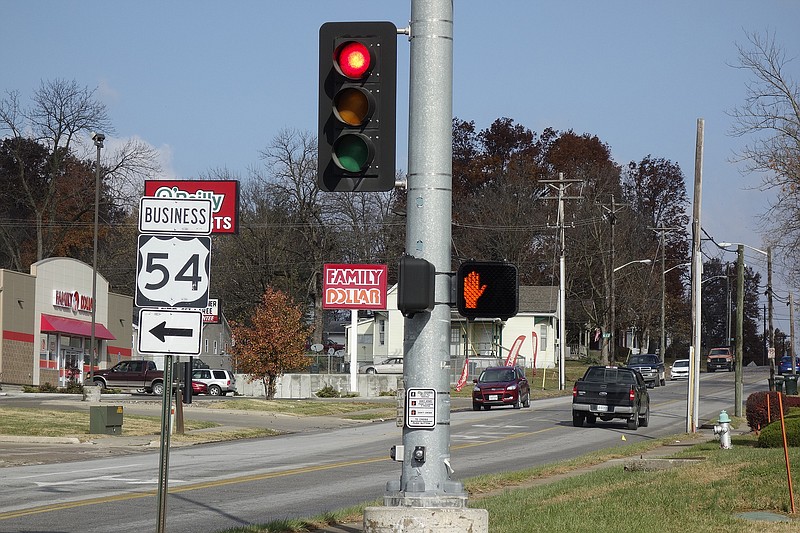It's a date.
On July 9, state contractors will roll out the big toys and begin a project that will create a new U.S. Business 54 in Callaway County. This ribbon of highway will be reconstructed from the north boundary of Fulton to the south, including a city-managed portion from the Fulton roundabout (or Second Street interchange) to a point in the north near Ovid Bell Press.
This week, Fulton City Engineer Kyle Bruemmer said the project's estimated completion date is Dec. 1.
"They'll make sure there's ingress and egress to businesses and homes," he said.
Bruemmer added the contract stipulates a five-day period to work on each entry/exit and a formula for fines if the five-day limit is exceeded.
City officials decided to piggyback on this project so the entire project has consistency and so bids could be combined with the state. Bruemmer said his initial estimate of about $700,000 for the city's portion was under the bid amount, with the lowest bid coming in about $1.13 million from Linn general contracting company Aplex Inc. The next two bids were even higher, at $1.3 million and $1.6 million.
Bruemmer said he estimated the cost of asphalt for the project at $50 per ton, but the price of all petroleum products has risen, including gasoline, and is now more than $90 per ton. Other items bumped up the cost of the project, he added.
Fulton Chief Financial Officer Kathy Holschiag said the city had funds to cover the extra cost.
Every so often, the federal government decides to audit projects in which federal funds are being used. Such is the case of this project, for which Missouri Department of Transportation officials are using federal funding.
"The federal government chose this project for review," Brummer said, adding this caused a slight delay.
On Tuesday, City Council members also discussed street lighting to be installed on an ongoing project on Fourth Street, and part of the U.S. Business 54 project from St. Louis Road north to an old parking lot near Smith Branch. The Fourth Street lights, 14 in all, will be historical in appearance, in keeping with others near Westminster College and creating a consistent atmosphere.
On the stretch from St. Louis north, where all utilities are being buried in advance of the road construction, the 27 new streetlights will be suitable but cheaper. Black, fiberglass poles with extended arms and "cobra" light fixtures cost $1,145, while the others, similar to ones found at the Fulton roundabout, cost $3,100.
The project would cost $85,000 with the decorative streetlights, compared to $35,000 with the fiberglass poles, a difference of $50,000.
The council learned Bruemmer had met with city groups to discuss application for a grant that would require a plan, especially for the Brick District, but were unable to come up with a consensus on what projects need to be done and where. Instead of a construction grant, a planning grant will be applied for.
"We met with the Brick District, Historical Preservation, the Chamber and a consultant," Bruemmer said. "We spun our wheels a lot. There was a lot of back and forth about what it should be, and what it shouldn't be. At this rate, there's only a couple of months to write a grant and it was hard to get everybody on the same page."
And, due to an increase in starting pay and salary adjustment for new employees who have passed a probationary period, some first responders (police and fire) were being paid less than newer employees. The nine officers and firefighters had been on the job between 18 months-2 years. The council approved salary bumps for them, costing about $8,000 annually.

